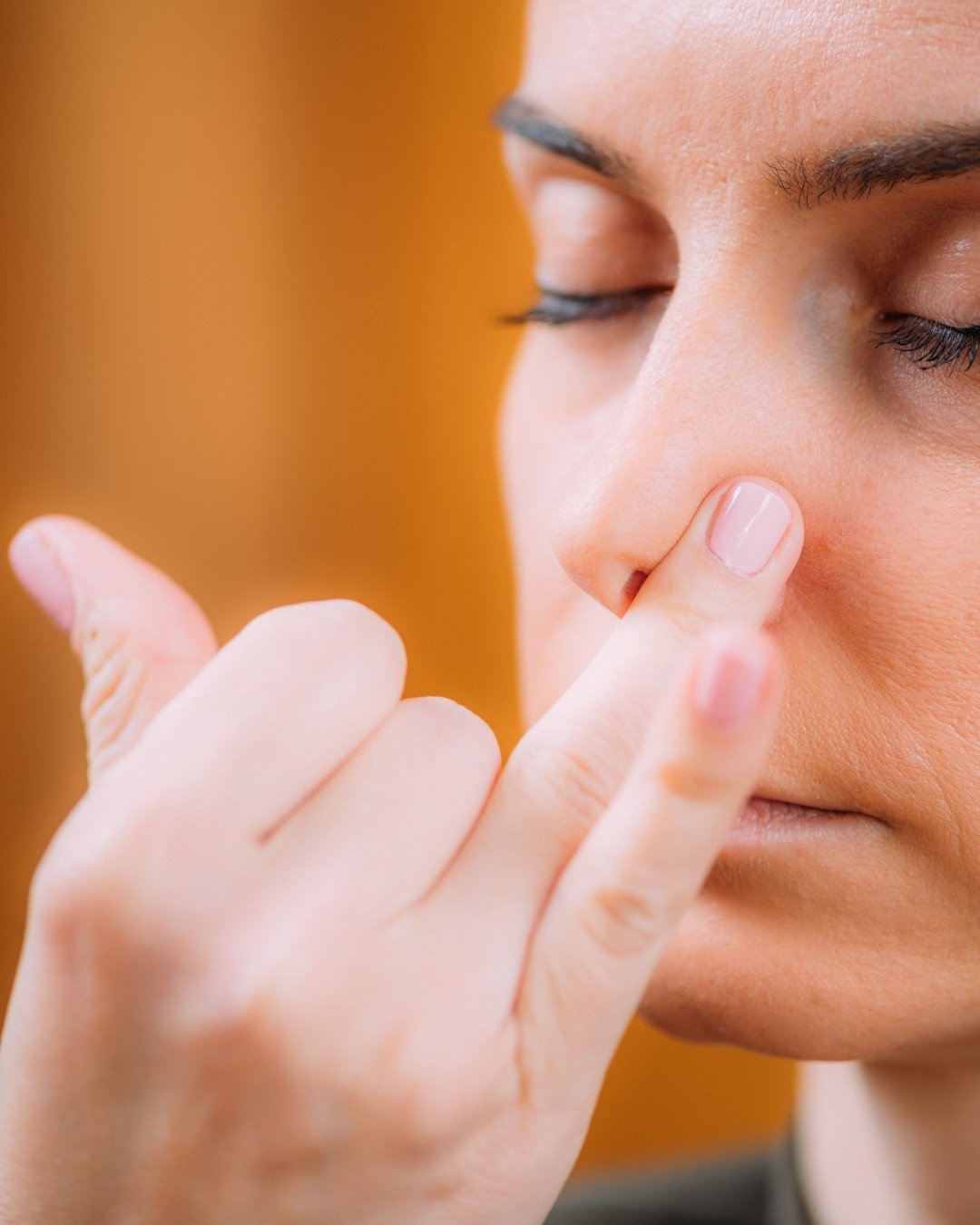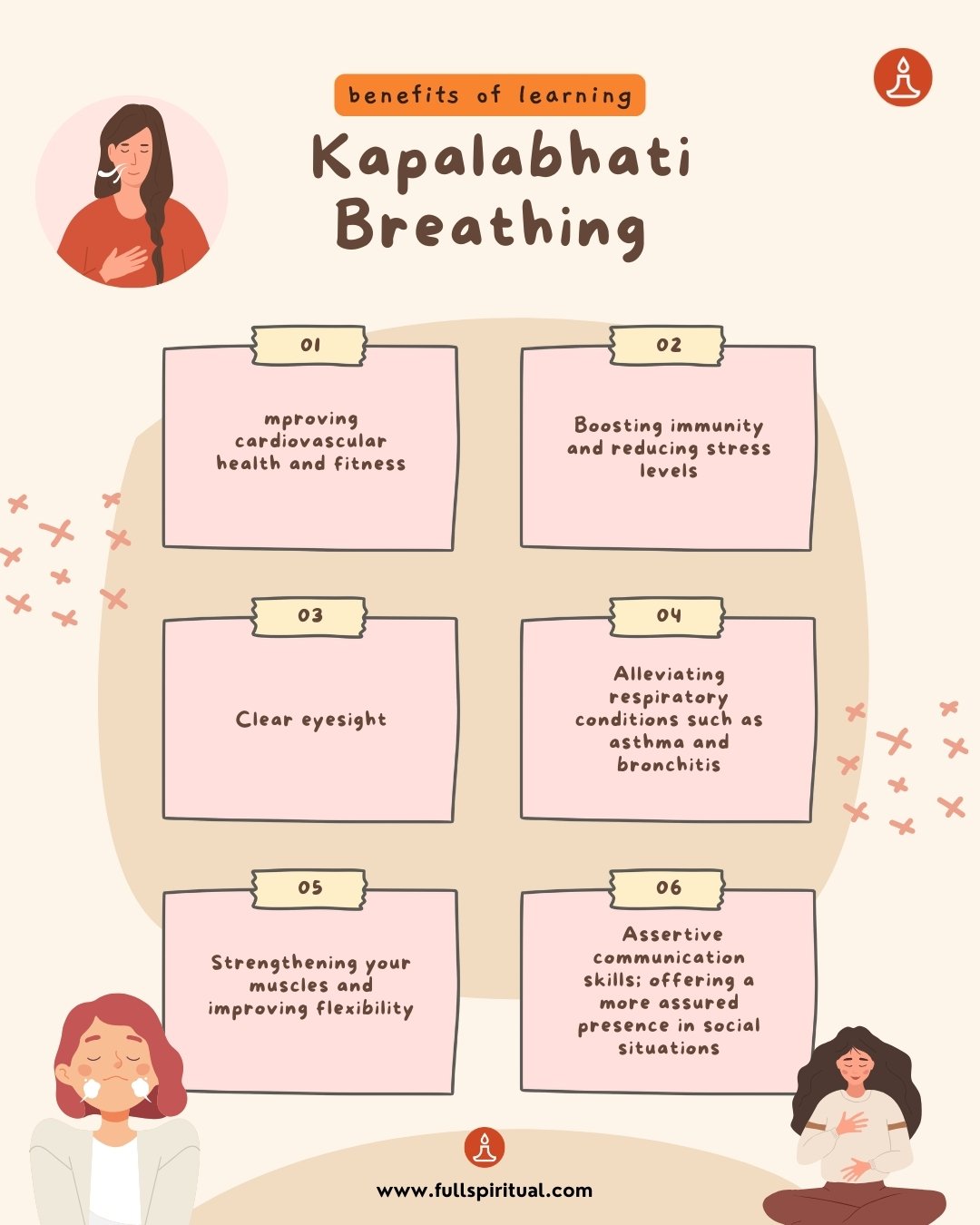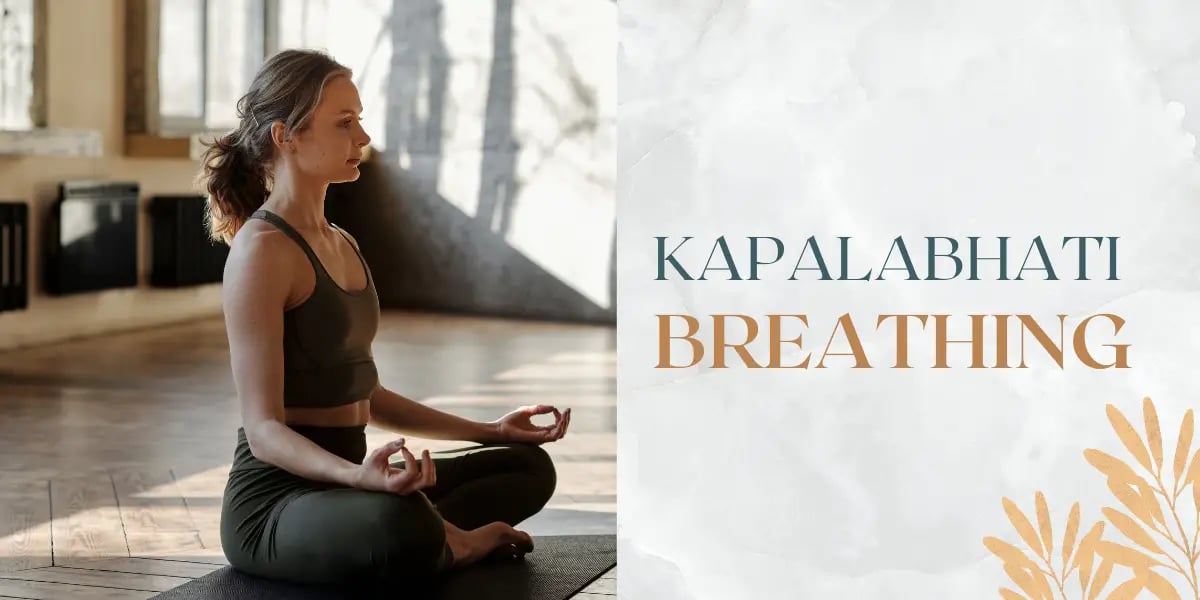Spiritual
Discover the Mind-Blowing Benefits of Kapalabhati Breathing – Unlock Your Inner Power!
Have you ever pondered why yogis engage in the peculiar practice of Kapalabhati breathing?
When a person has been overcome by grief, they often resort to repetitive motions such as rubbing their hands up and down. After completing this course of action several times over, one might notice that the emotional pain begins dissipating; eventually becoming less intense or even disappearing altogether!
Are you curious about how these actions can provide therapeutic benefits? Or perhaps, have you heard whispers about its possible association with certain yoga disciplines – let us explore it further!
What is Kapalabhati Breathing?

The practice of Kapalabhati is an ancient martial art that consists of several movements, all designed to provide a strenuous workout for the torso.
Kapalabhati breathing is a rhythmic series of deep breaths you can do at will during any activity – whether it’s working or playing sport! Utilizing these techniques regularly can help facilitate better focus, reduce stress, and enhance overall well-being.
Engaging in a consistent yoga practice, rooted in the ancient wisdom of Sanskrit traditions like kapalabhati is thought to aid in reducing stress levels and facilitating a calmer mind state. Additionally, it has been proven that practicing this technique can improve stamina and enhance one’s ability to perform physical activities.
What are the benefits of learning Kapalabhati Breathing?
With regular practice of Kapalabhati, you can reap a range of benefits such as:
• Improving cardiovascular health and fitness
The dynamic nature of Kapalabhati Pranayama not only enhances respiratory function but also contributes to cardiovascular health. The increased oxygenation and circulation benefit the heart, promoting a healthier cardiovascular system. Regular practice can aid in reducing the risk of heart-related issues and improving overall cardiovascular fitness.
• Boosting immunity and reducing stress levels
Kapalabhati Pranayama’s impact extends to the immune system by promoting detoxification and reducing stress levels. The practice activates the parasympathetic nervous system, fostering a state of relaxation that can enhance the body’s immune response. The combination of deep, rhythmic breathing and stress reduction contributes to overall well-being.
• Clear eyesight
Kapalabhati Pranayama’s focus on oxygenation extends to the eyes, potentially improving eyesight. The increased blood flow and oxygen supply may have positive effects on eye health, offering a holistic approach to maintaining clear and healthy vision.
• Alleviating respiratory conditions such as asthma and bronchitis
Individuals suffering from respiratory conditions such as asthma and bronchitis may find relief through Kapalabhati Pranayama. The controlled breathing technique strengthens respiratory muscles, improves lung capacity, and helps manage and alleviate symptoms associated with respiratory disorders.
• Strengthening your muscles and improving flexibility
The forceful contractions of abdominal muscles during Kapalabhati Pranayama contribute to core strength. Additionally, the rhythmic nature of the practice promotes overall muscle toning and flexibility, making it a valuable addition to a comprehensive fitness routine.
• Assertive communication skills; offering a more assured presence in social situations
Beyond physical benefits, the meditative and calming effects of Kapalabhati Pranayama can positively impact one’s mental state. Practitioners often report increased self-confidence and assertiveness, translating into more assured communication and a confident presence in social situations.
• Reducing anxiety and depression by fostering an optimistic outlook on life
The mind-body connection fostered by Kapalabhati Pranayama plays a crucial role in reducing anxiety and depression. The practice promotes mindfulness, optimism, and a positive outlook on life. Incorporating this yogic breathing technique into a routine can be a valuable tool for managing and alleviating symptoms of mental health conditions.
If you’re looking to harness the power of breathing, don’t overlook Kapalabhati. It’s a simple yet powerful way to achieve remarkable results!

How to start practicing Kapalabhati Breathing
To kick things off, it is prudent to consult a guide. Don’t be afraid of following an instructor’s lead, as they can offer invaluable assistance in making the transitions between poses and breath-holding.
The initial steps are all that is required to achieve power and flexibility in your respiratory system. It is recommended to begin with kapalabhati breathing at first: inhale fully while exhaling forcefully through your nostrils; pause briefly before slowly expelling air out of them.
During this type of exercise, make sure you don’t hold your breath; instead, slowly let it ebb away until finally exhaling completely.
How long should you practice Kapalabhati Breathing?
To master Kapalabhati breathing, you must commence with 5–10 minutes of daily practice. Don’t overdo it!
Gradually increase your time as you become more comfortable with the technique. Ultimately, you may wish to stick with this practice for an hour or more if desired – but be mindful that prolonged breath-holding could result in dizziness and fatigue.
What to do after practicing Kapalabhati Breathing
After completing the four-step sequence of Kapalabhati for a few minutes, it is imperative to rest.
Your body craves this chance to unwind and recapture its equilibrium after elevated stress or tension; so take advantage of it! Lie down on your back with your legs stretched out–this will help reduce blood pressure while reducing any residual adrenaline in your system.
When not to practice Kapalabhati Breathing
For individuals with asthma, Kapalabhati can aggravate symptoms; therefore, it is advisable to abstain from this exercise. Individuals with COPD should also avoid performing this form of breath control as it could potentially exacerbate their condition. Additionally – if you’re experiencing any kind of acute health issue or enduring a serious injury – then refrain from engaging in this posture routine!
If you have concerns about how Kapalabhati might affect your respiratory system, consult with your physician prior to commencing any practice sessions.
FAQs
Q: What is Kapalabhati pranayama?
A: Kapalabhati pranayama is a breathing technique in yoga that involves forceful exhalation and passive inhalation to energize and purify the body.
Q: What are the benefits of practicing Kapalabhati?
A: Practicing Kapalabhati can help to energize the body, stimulate the lower belly and diaphragm, and also increase the capacity of the lungs. It is also believed to purify the body and mind.
Q: How does Kapalabhati breathing technique work?
A: Kapalabhati involves rapid and forceful exhalation through the nose, while the inhalation is passive. This action helps in creating a rhythmic contraction and expansion of the lower belly, promoting detoxification and energizing the body.
Q: Can anyone practice Kapalabhati pranayama?
A: Kapalabhati practice is generally safe for most people, but those with high blood pressure, hernia, or any abdominal issues should avoid it. It is recommended to learn and practice this technique under the guidance of a qualified yoga teacher.
Q: Are there any contraindications for Kapalabhati breathing?
A: Yes, Kapalabhati is not recommended for individuals with high blood pressure, heart disease, stroke, epilepsy, vertigo, or hernia. It is always advisable to consult a healthcare professional before practicing pranayama techniques, including Kapalabhati.
Q: How does Kapalabhati pranayama help in modern-day health issues?
A: Kapalabhati is believed to have potential benefits in addressing modern-day health issues like polycystic ovarian syndrome and coexisting metabolic syndrome. The breathing exercise may help in managing these conditions by improving respiratory and metabolic functions.
Q: Is Kapalabhati suitable for beginners?
A: While Kapalabhati can be beneficial for beginners, it is important to start with a few rounds and gradually increase the practice. It is advisable to learn it under the guidance of an experienced yoga practitioner or teacher.
Conclusion
To gain an appreciation of the liberating effect of this practice, consider this example:
When you are performing kapalabhati breath, it is essential to maintain a sense of calm. If you become anxious and agitated, however, it can lead to a vicious cycle as your mind races with anxious thoughts while simultaneously attempting to force out the negative emotions. To break this cycle, simply exhale and re-establish serenity – immediately releasing stress from the mind!

